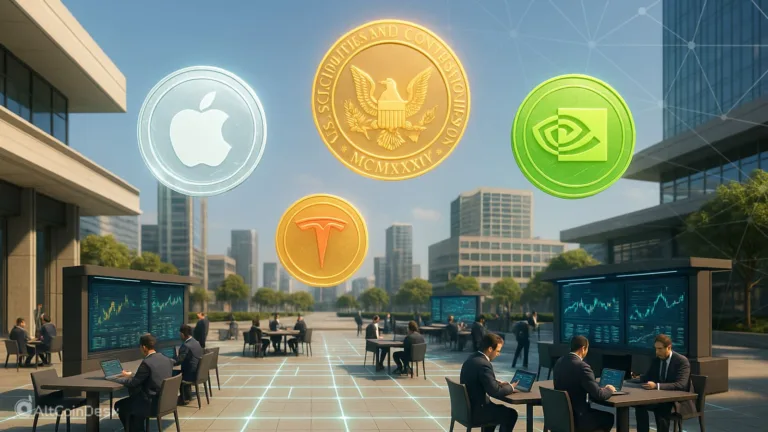Stablecoin issuer Circle, the company behind USD Coin (USDC), is exploring ways to implement reversible transactions in limited cases, such as fraud or error. This represents a significant departure from the crypto industry’s traditional principle of transaction immutability. According to the Financial Times, Circle’s leadership acknowledges the tension between enabling reversible transactions and maintaining blockchain settlement finality.
Why Circle is testing reversible transactions
Circle is developing Arc, a blockchain platform designed for institutional clients. While Arc does not allow traditional reversals, it supports mechanisms such as counter-payments, which work similarly to credit card refunds: if a transaction is disputed, a corresponding transaction can be issued. According to Circle president Heath Tarbert, this system bridges crypto’s promise of fast, final settlement with the reality that traditional payment systems often require dispute resolution.
Arc also includes confidentiality features, such as encrypting transaction amounts while keeping wallet addresses visible, designed to make Circle stablecoin use more appealing to banks and institutional investors who need privacy alongside regulatory compliance.
The benefits of reversible transactions
- Fraud protection: Users have a safety net against scams or errors when using Circle stablecoin.
- Regulatory alignment: Mechanisms for dispute resolution mirror traditional finance, potentially increasing regulatory acceptance.
- Institutional adoption: Features like confidentiality and reversible transactions may attract banks and large financial institutions.
The concerns
- Immutability risk: Some crypto purists argue that reversible transactions could undermine trust in blockchain.
- Centralization: Handling reversals may require oversight, creating tension with crypto’s decentralized ethos.
- Ambiguity: Determining which transactions qualify for reversal could create disputes or legal challenges.
Expert perspectives
According to Circle president Heath Tarbert, there is an “inherent tension” between settlement finality and reversibility. He emphasizes that while blockchain offers speed and transparency, reversible transactions can provide necessary consumer protections for stablecoins like USDC.
However, there are multiple concerns by other experts. A report by ForkLog states that the idea of reversibility has faced criticism, with some industry participants calling it “heresy,” arguing it conflicts with the blockchain principle of immutability.
As reported in Ainvest via a summary of Circle’s Arc project, Adam Cochran (partner at Cinneamhain Ventures) questioned whether Arc is a “true L1 blockchain” and suggested that because Arc would use pre-approved private validators and may allow “dispute protocols” that can reverse transactions, it undermines decentralization.
Broader implications
The move by Circle could set a precedent for other stablecoins, potentially encouraging issuers like Tether (USDT) to explore reversible transactions. At the same time, it reignites debates over balancing decentralization with usability and regulatory compliance.
By exploring reversible transactions, Circle is not abandoning blockchain’s core principles but adapting them to meet the needs of mainstream finance. According to Circle president Heath Tarbert, this approach aims to combine the transparency and efficiency of blockchain with safeguards that make Circle’s stablecoin more secure and attractive for both retail and institutional users.
Whether the crypto community will embrace or challenge this shift remains to be seen, but it is likely to influence the evolution of stablecoins and digital money.














